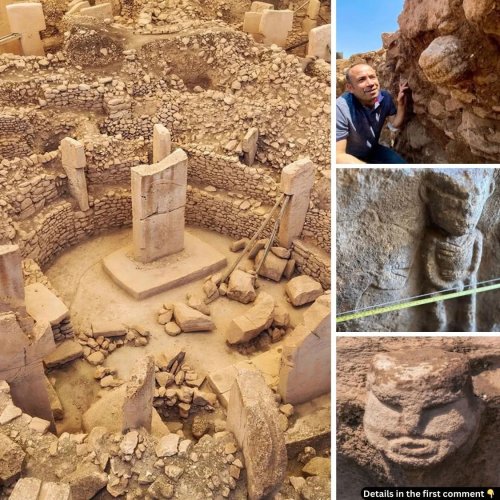
Taş Tepeler: Discovering Humanity’s Earliest Monuments in Türkiye’s Ancient Landscape
Nestled in the rugged landscape of Şanlıurfa in southeastern Türkiye is Taş Tepeler, an astonishing group of Neolithic sites that have transformed our understanding of early human history. At its core is Göbeklitepe—the most ancient known man-made structure—surrounded by 12 additional sites that illuminate a fascinating era over 12,000 years ago. Featuring impressive architecture and insights into early social and religious customs, Taş Tepeler is reshaping our perceptions of civilization’s beginnings.
Göbeklitepe, the highlight of Taş Tepeler, was discovered in the mid-1990s and rapidly became one of the most important archaeological finds. Dating back to 9,600 BC, its prominent T-shaped limestone pillars, embellished with detailed carvings of animals and abstract designs, stand as the earliest known example of monumental architecture on the planet. These structures precede the Egyptian pyramids and Stonehenge by more than 7,000 years.
What distinguishes Göbeklitepe is its function: it was not a residential space but rather a site for ceremonies and religious practices. Researchers have found evidence of elaborate rituals and feasting here, with animal remains and wild plants indicating that it served as a gathering spot for nomadic hunter-gatherers. This revolutionary finding challenges earlier assumptions that settled agriculture came before monumental building, suggesting instead that communal rituals may have led to the creation of permanent dwellings.
While Göbeklitepe initially garnered all the attention, further investigations unveiled that this was merely the beginning
